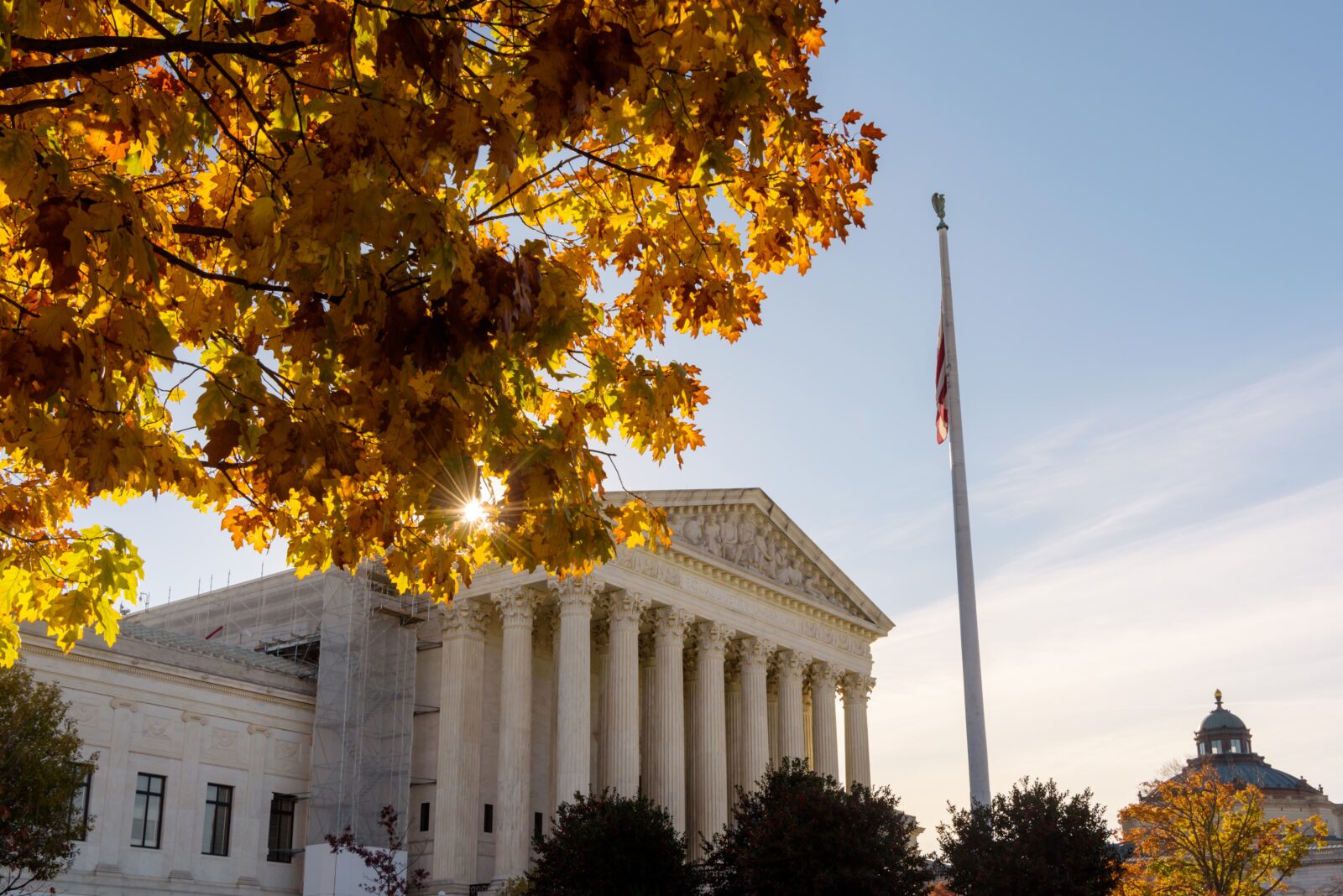Just wrapped up my first Environmental Markets Conference (EMC) in Seattle last week, and wow, what an experience! It was inspiring to see so many people dedicated to creating positive environmental outcomes with economic benefits, and to see the value that ESA brings to this market through our mitigation, restoration, and technology services expertise.
In addition to the incredible keynote from the former Washington Governor, Jay Inslee, and seeing ESA team members’ impactful presentations and panel discussions, here are a few key things that really stood out to me from my time at the conference:
A Bipartisan Bedrock
I was surprised to learn that environmental markets, particularly mitigation banking, have grown from a truly bipartisan foundation. It’s a unique space where ideals often seen as opposing – like support for reduced regulatory hurdles for development and desires to conserve and enhance our environment – come together. The shared goal? To responsibly offset the environmental impacts of projects across the country while enhancing our ecosystems.
Missing Voices, Critical Roles
The absence of many of our partners from federal agencies due to budget cuts and travel restrictions—including members of the US Army Corps of Engineers (USACE), US Fish and Wildlife, and the US Environmental Protection Agency (EPA)—was palpable. Their engagement and partnership in this process is critical and was acknowledged, which also led to a thematic call for increased collaboration and new approaches to assist federal agencies as they manage the workload with reduced headcount. For example, the USACE’s RIBITS (Regulatory In-lieu Fee and Bank Information Tracking System – a national system is essential for tracking third-party mitigation efforts) requires regular and consistent upkeep, which folks suggested could be handled by a third-party to keep this vital data current.
Growing Momentum
There’s a clear and increasing interest in expanding these markets beyond just wetland and species conservation. This includes various carbon markets and biodiversity credits. We are also seeing increased interest from tribal governments in this market, as exemplified by ESA’s work with many tribes across the west, including working with a tribe in California to develop a species and wetland mitigation bank.
Overall, I’m leaving EMC feeling energized and optimistic about the power of collaboration and innovative market solutions to protect our precious natural resources. Want to learn more about our work in mitigation? Check out our website or reach out to Melissa Denena, Senior Principal Ecologist and Mitigation Submarket Leader at ESA.








